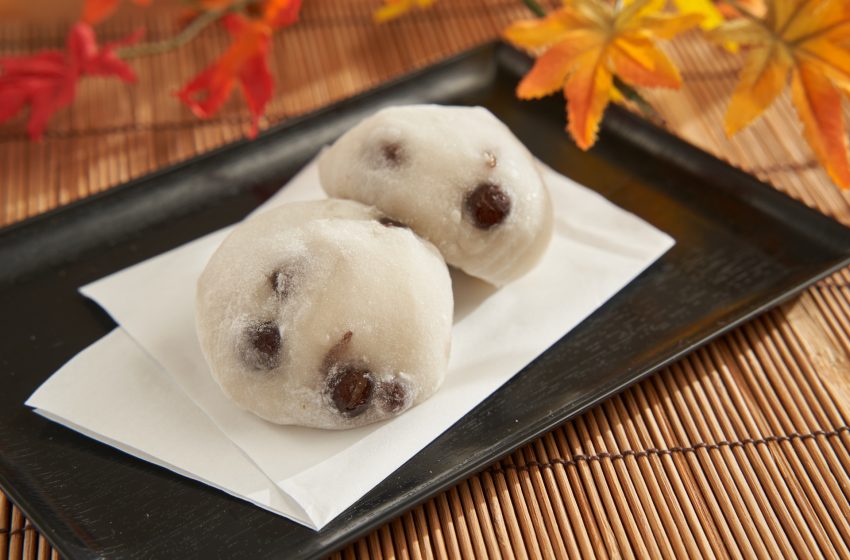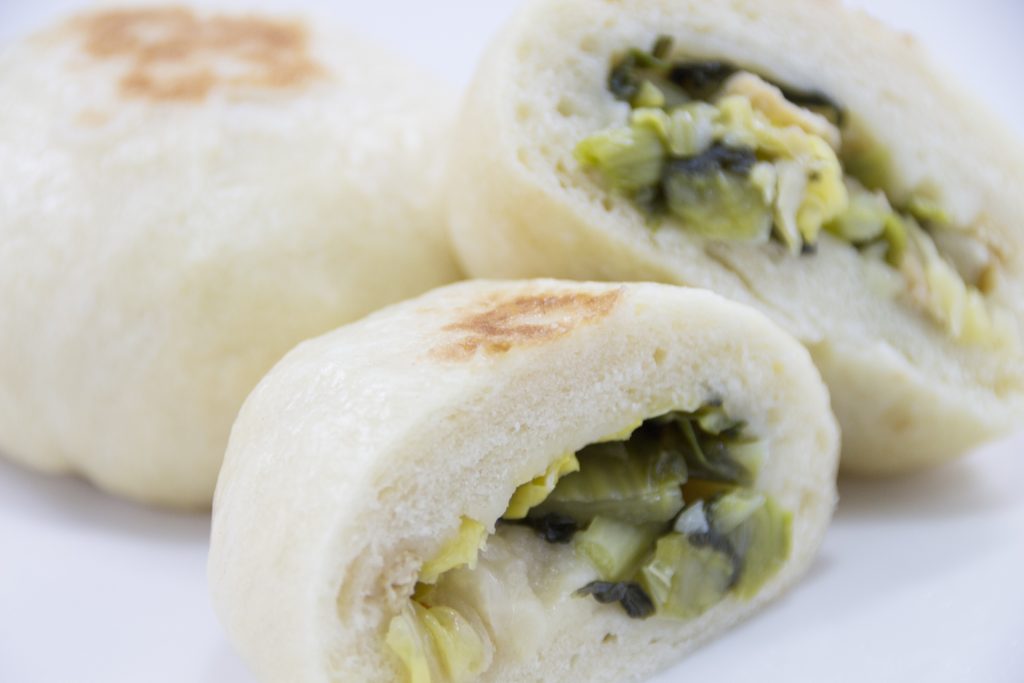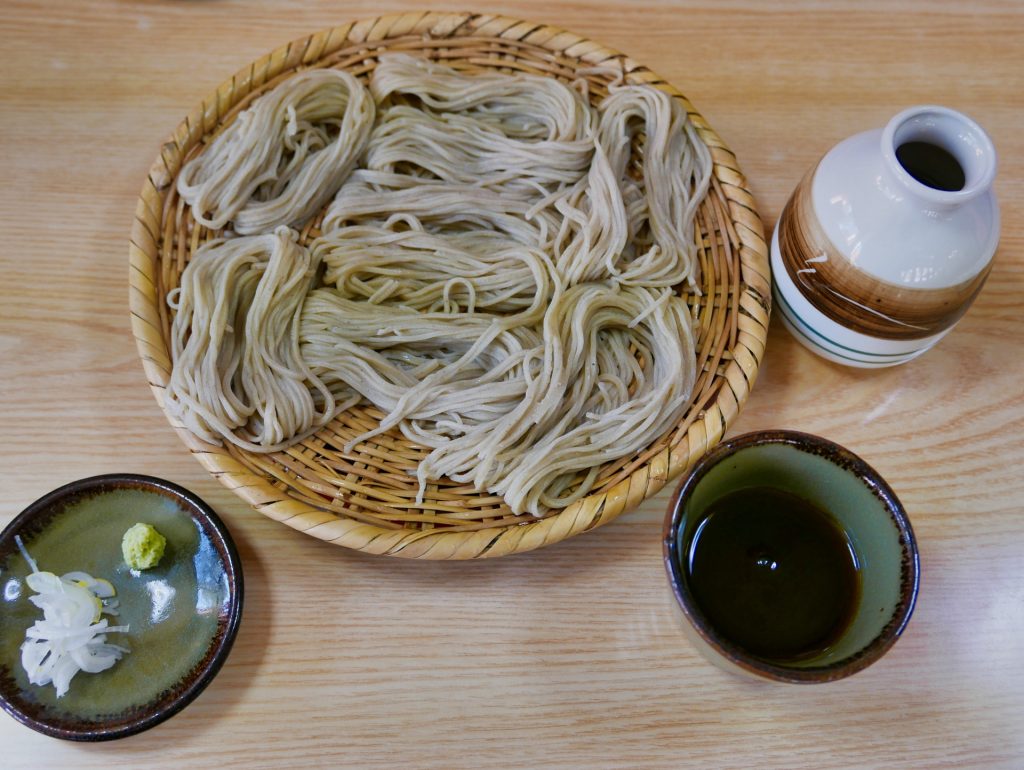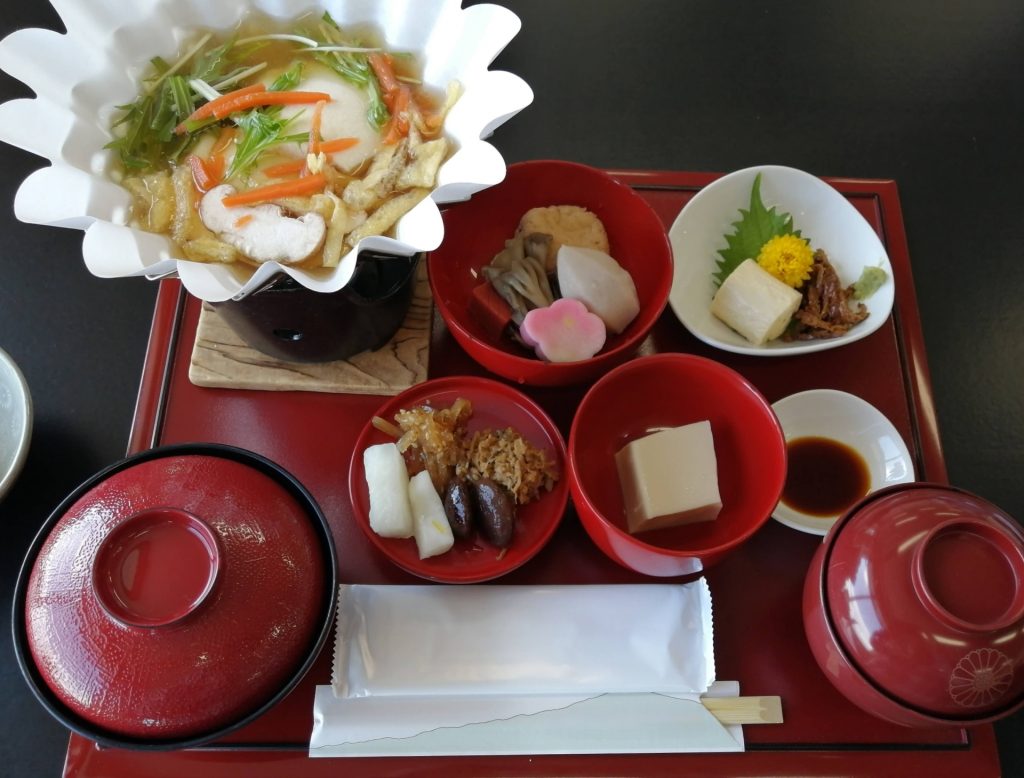
Daifuku: Savoring the Sweetness of Japan’s Mochi Delight
Welcome, globe-trotting gourmets and confectionery enthusiasts! In the diverse and enchanting world of Japanese sweets, or wagashi, there’s a special treat that captivates both the eye and the palate – Daifuku. Let’s unwrap this delightful delicacy and discover why it’s a must-try for anyone exploring the culinary wonders of Japan.
What is Daifuku?
Daifuku, literally translating to “great luck,” is a traditional Japanese sweet that embodies the simple yet profound artistry of wagashi. It consists of a small, round mochi (glutinous rice cake) stuffed with sweet fillings. The most common and beloved filling is anko, a sweet red bean paste made from azuki beans.
A Bite into History
The origins of Daifuku date back to the early 18th century. Initially, Daifuku was called habutai mochi (feather-futon mochi) because of its soft and puffy texture. Over time, the treat evolved into its current form and name, becoming a popular snack and gift item throughout Japan.
Exploring the World of Daifuku
Daifuku comes in various flavors and types, offering a delightful surprise with each bite:
- Ichigo Daifuku: A springtime favorite, incorporating a whole strawberry and anko.
- Mame Daifuku: Mixed with whole soybeans, giving a nutty flavor and added texture.
- Yomogi Daifuku: Infused with the herb yomogi, lending it a green color and a grassy, aromatic taste.
- Shiro Daifuku: The classic, featuring plain white mochi and a sweet anko center.
The Art of Enjoying Daifuku
Eating Daifuku is a sensorial experience. The soft, chewy texture of the mochi combined with the sweet, creamy filling makes for a perfectly balanced treat. It’s commonly enjoyed with green tea, particularly during tea ceremonies, making it an integral part of Japan’s hospitality and culinary tradition.
Finding the Best Daifuku in Japan
- Wagashi Shops: Across Japan, especially in cultural cities like Kyoto and Tokyo, traditional wagashi shops offer freshly made Daifuku daily.
- Convenience Stores and Supermarkets: For a quick taste, convenience stores and supermarkets also stock a variety of pre-packaged Daifuku.
- Seasonal Festivals: During Japanese festivals, especially in spring, Daifuku featuring seasonal ingredients like sakura can be found, offering a unique taste of the season.
Daifuku as Souvenirs
Beautifully packaged Daifuku make for delightful souvenirs or gifts. They embody the elegance and subtlety of Japanese confectionery and offer a taste of traditional flavors.
Conclusion: A Treat for All Seasons
Daifuku is more than just a sweet treat; it’s a reflection of Japan’s culinary finesse and cultural richness. From the silky smooth mochi exterior to the luscious anko filling, each Daifuku is a handcrafted gem.
So, as you journey through the picturesque landscapes and bustling cities of Japan, don’t miss out on the chance to indulge in this exquisite piece of culinary art. It’s a taste of Japanese tradition that’s sure to bring a touch of great luck to your travels!
Happy discoveries and sweet indulgences in Japan!




